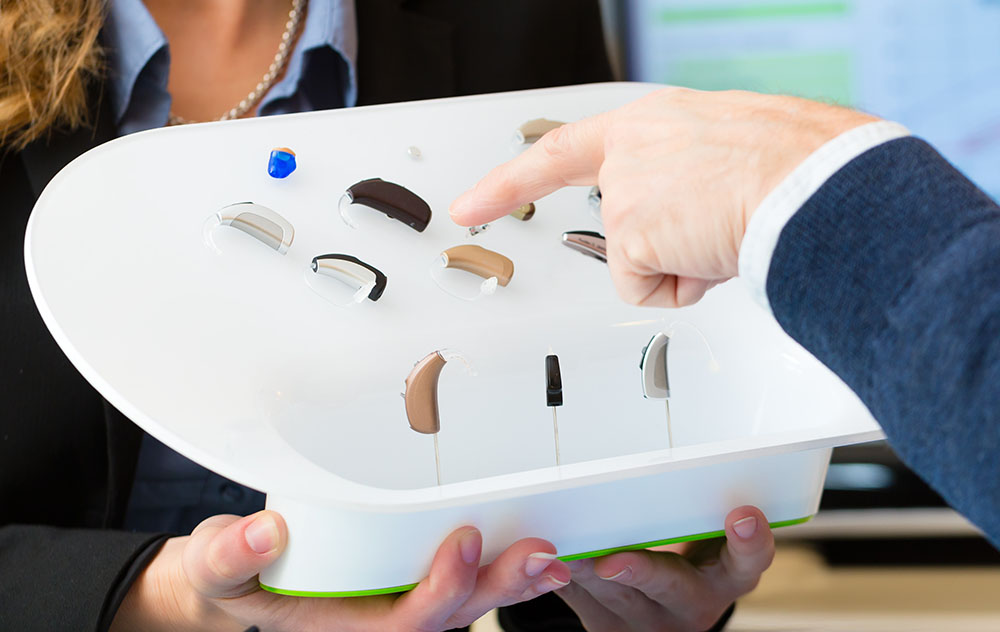Coping Mechanisms for Tinnitus
Tinnitus – an unwanted ringing or buzzing in your ears – can be a


Tinnitus – an unwanted ringing or buzzing in your ears – can be a

Seeking assistance from an ear, nose and throat (ENT) specialist can be

Wearing hearing aids can have a profound impact on cognitive health,